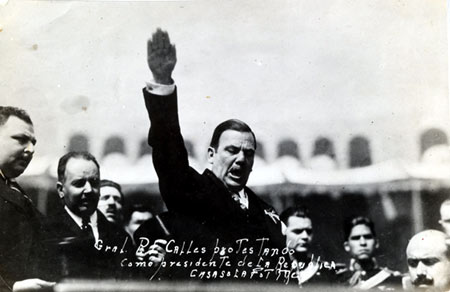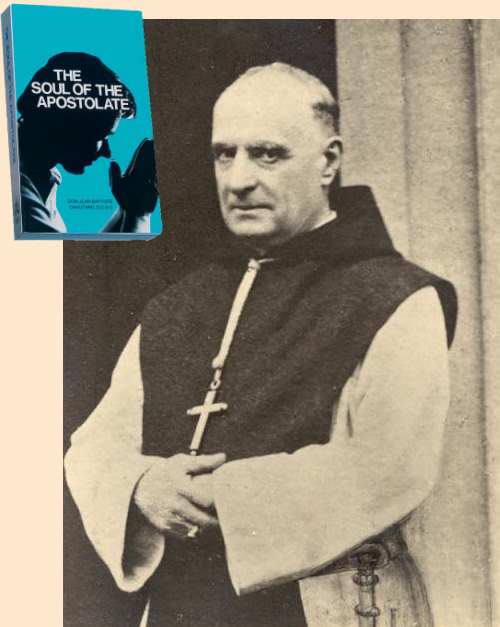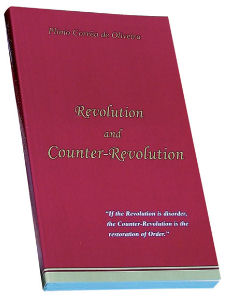
Photo of Mexican President Plutarco Elias Calles, persecutor of the Catholic Church, taking the presidential oath.
To the extent possible, the Counter-Revolution should try to win over the multitudes. However, it should not make this its chief goal in the short run. The counter-revolutionary has no reason to be discouraged because of the fact that the great majority of men are not presently on his side. Indeed, an exact study of history shows us that it was not the masses who made the Revolution. They moved in a revolutionary direction because they had revolutionary elites behind them.
If they had had elites of the opposite orientation behind them, they likely would have moved in the opposite direction. An objective view of history shows that the factor of mass is secondary; the principal factor is the formation of elites. For this formation, the counter-revolutionary can always use the resources of his individual action, and can therefore obtain good results in spite of the shortage of material and technical means with which, at times, he may contend.

Dom Jean-Baptiste Chautard and his book, Soul of the Apostolate. Click on the picture to learn more about the book or to order it.
Plinio Corrêa de Oliveira, Revolution and Counter-Revolution (York, Penn.: The American Society for the Defense of Tradition, Family, and Property, 1993), 86-7.











